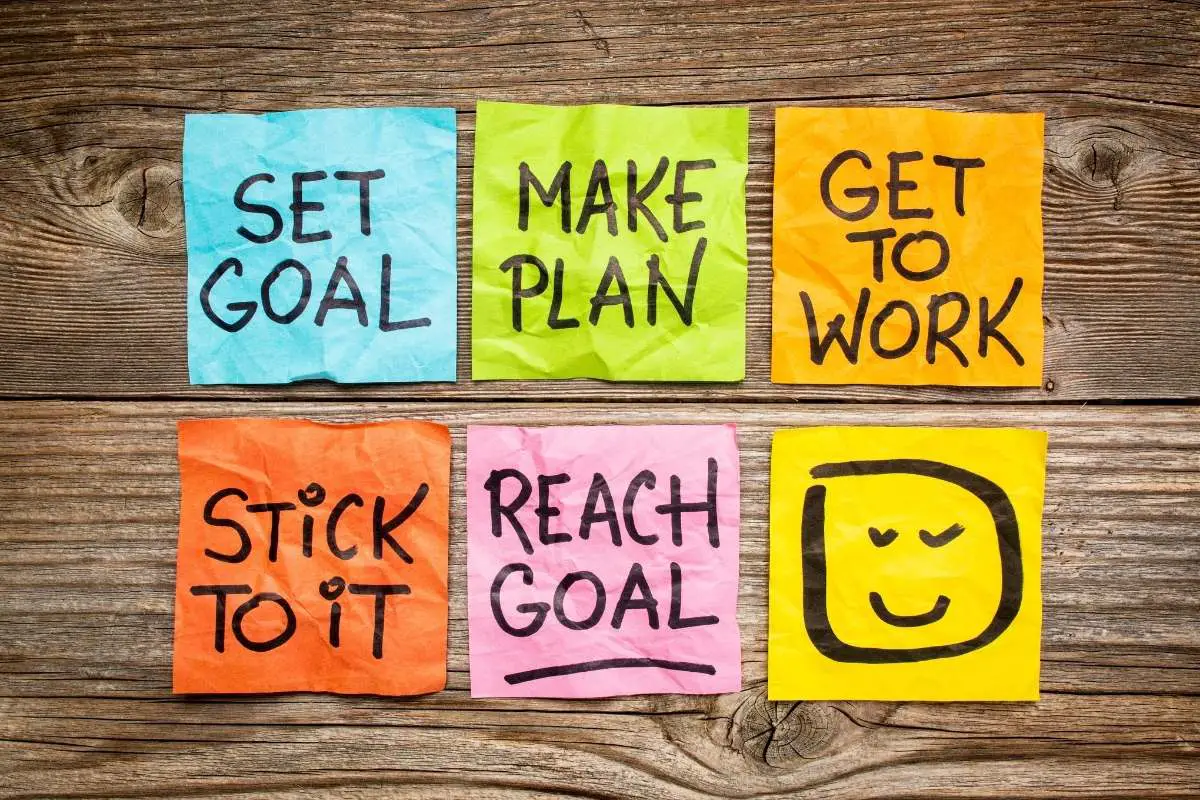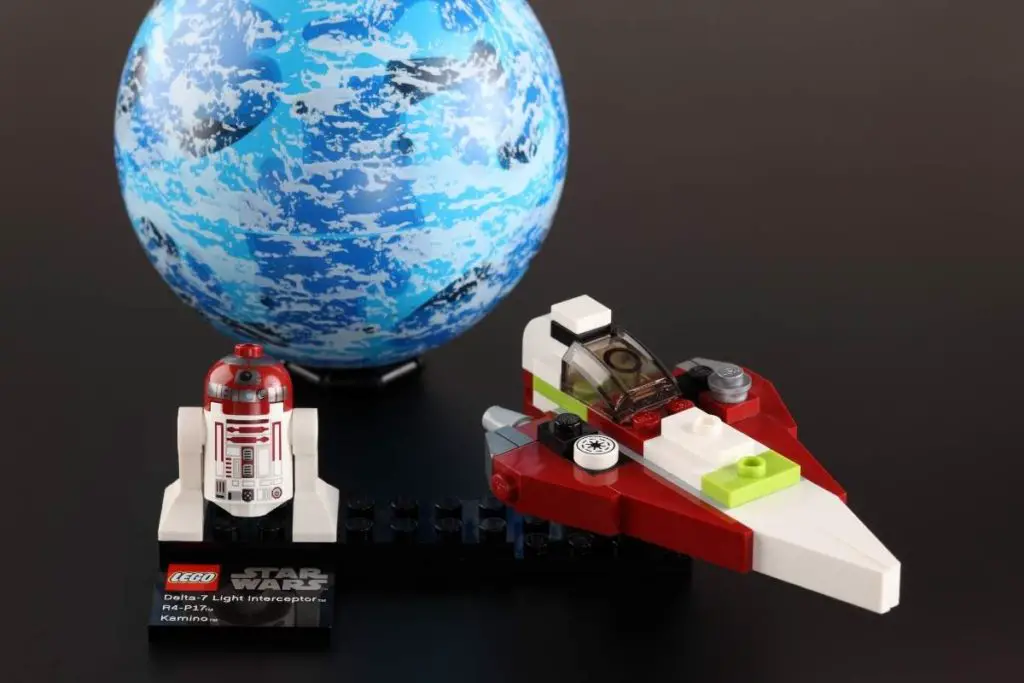
As avid LEGO investors over the past few years, we have often been asked the big question, “what should I do before I start investing and reselling LEGO?”
According to this study, LEGO has a larger return on investment compared to stocks, bonds, and even gold. In our experience, it’s not just a larger return – it is a MUCH larger return. It’s no wonder therefore that there is a lot of interest in learning how to become a LEGO investor and reseller.
Here are four main things you should do before you start your LEGO investing business:
1. Learn about Reselling
Many new LEGO investors make the mistake of thinking that it is only about investing. They focus too much on the investment perspective, and think about it as an alternative to their stock market portfolios or crypto currency buying.
While it is okay to think a lot about return on investment, Compound Annual Growth Rate and other investing-related numbers, you should not overlook the fact that LEGO business is more than just investing, it is also reselling.
You need to have knowledge of how to sell stuff online.
With other types of investments such as stocks, you don’t need to manually go out and sell the asset. Most of the time, you can just submit an order to sell, and you get cash pretty quickly back into your bank account.
With LEGO investing, there is more work involved with selling the assets and exchanging them into cash.
Reselling involves a lot of things from setting up an online store, or opening an account on online selling platforms, to creating a storage and inventory space and shipping your products. You have to learn about all of these to start.
Think of it as if you’re really opening up an actual store. Learn about the policies on selling on online selling websites like eBay, Amazon, or BrickLink. Learn about shipping, supplies, storage, and the other aspects involved with running a reselling business.
You don’t have to be good at these right from the start. You can look into general reselling tips and strategies online or on Youtube and that will give you a good start.

2. Learn about LEGO
The next and one of the most important steps is to know your product.
If you have zero knowledge about LEGO but are eager to try LEGO investing and reselling, learn as much you can. Research on the background of The LEGO Group, learn about the themes, the sets, the product cycle. Research what drives the demand and the supply of LEGO as well as the target audience of each set.
The good thing is that every piece of information is now available on the internet. You can also directly check LEGO themes and sets on LEGO’s website.
Investments always come with risk so it is important that you know what you are getting into. LEGO investing is not magic and will not practically make you rich overnight. Do not jump too quickly into starting your LEGO business without learning about LEGO first.
3. Figure out a niche
When we speak about the niche in LEGO, it could be a LEGO theme or a subtheme if you are selling sealed sets. Or perhaps your niche is not sealed sets at all – maybe you want to sell minifigures, or even a specific type of minifigs such as Star Wars minifigs.
You can narrow your focus in a number of different ways, but the point here is – it’s important to narrow your focus.
Pick a niche that you feel you would enjoy digging deep on. If you are a fan of buildings, maybe you can start with LEGO Architecture. If you are a Star Wars fan, you can start with the LEGO Star Wars theme. Or maybe you have a lot of knowledge about Minecraft, or you and your friends are fans of racing cars and love Speed Champions.
It’s beneficial that you choose a theme and learn everything about it, because this helps you to gain an edge in that area.
Check the theme’s history, the prices, the expected returns. Working on a niche that you are comfortable with will give you confidence, especially if you are selling for the first time.
Once you can master that theme, you can now expand and learn about other themes.

4. Set a goal
Setting goals are crucial for you to be able to effectively outline a business strategy.
For example, if your goal is just to make extra money without doing a lot of work, then you might want to do a longer hold time and avoid selling sets every year. You might also invest in larger sets, because you can put more money to work while having a smaller amount of purchases and sales to make.
On the other hand if you want to quickly grow a large LEGO reselling business, then perhaps quicker flips and smaller sets will be important to you. Your strategy will need to be different, and you’ll need to pay close attention to expected ROIs and hold times.
Defining your set of goals will let you easily check your areas of improvement. If your goal is to reach a 150% return on your LEGO portfolio over 2 years, and you were not able to reach that, you will have some focus to help you figure out where you need to optimize. Did you do enough research? Did you sell on the best platform, at the right price? Did you target the right audience? Then you will be able to decide if you need to change your strategies or stick with them.
This doesn’t mean you need to know exactly where you will end up when you are just starting out. Pivoting and changing your goals over time is actually extremely important for success, because you will see better opportunities as you continue to learn and grow. But you still need to always have some goals to work towards.
Set goals that will motivate you, and most importantly, aim at something that will improve you. Decide on where you really want to take your LEGO business.

Learn more about LEGO investing and reselling
There are so much more to LEGO investing and reselling, and if you like to learn more, check us out on YouTube. We create tons of videos about strategies and tips on LEGO investing and reselling.
You can also join us in our free Facebook Group and be part of discussions and conversations with like-minded LEGO collectors and investors.
